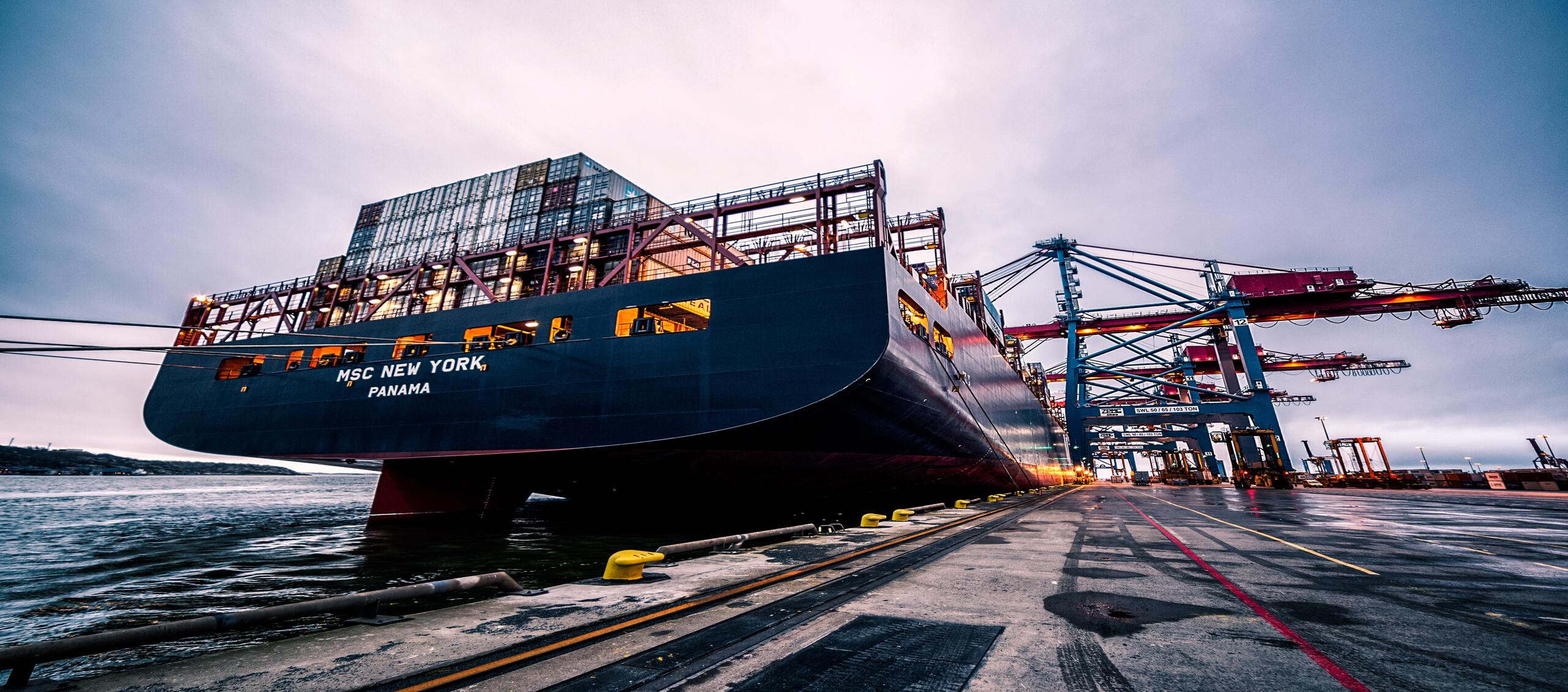
Loading and lashing
Loading and lashing are essential processes for ensuring the safe and secure transportation of cargo. When cargo is loaded and secured correctly, it is less likely to shift during transport, which can cause damage to the cargo itself, the vehicle, and potentially even the people transporting it.
The loading process involves carefully placing the cargo inside the vehicle, taking into account its weight, size, and shape. Depending on the type of cargo and vehicle, this may involve using loading equipment such as forklifts or cranes to lift and position the cargo. It is crucial to ensure that the cargo is loaded in a way that balances the weight distribution to avoid overloading one area, which could cause the vehicle to tip over during transportation.
Once the cargo is loaded, it is necessary to secure it to the vehicle to prevent it from moving during transportation. This is where lashing comes into play. Lashing is the process of securing cargo to the vehicle using a variety of materials, including ropes, chains, straps, and nets. The specific type of lashing material used will depend on the type of cargo being transported and the vehicle being used.
When choosing lashing materials, it is important to consider the weight and size of the cargo, the forces that it may experience during transportation, and the potential risks involved. For example, if transporting heavy machinery or equipment, heavy-duty chains or straps may be required to ensure that the cargo does not shift or fall during transportation. For more delicate cargo, lighter straps or nets may be more appropriate to prevent damage to the cargo during transit.
It is also essential to ensure that the lashing material is fastened securely to the vehicle. This may involve using hooks, bolts, or other fasteners that can withstand the forces that the cargo will experience during transportation. The lashing material should also be placed in a way that distributes the load evenly, so that no single point is subjected to too much pressure.
While loading and lashing may seem like simple processes, they require careful planning and execution to ensure that the cargo is transported safely and efficiently. Failure to load and lash cargo correctly can result in damage to the cargo, the vehicle, and even the people involved in the transportation. It is, therefore, essential to follow proper loading and lashing procedures and use appropriate equipment and materials to ensure the safe and secure transportation of cargo.
